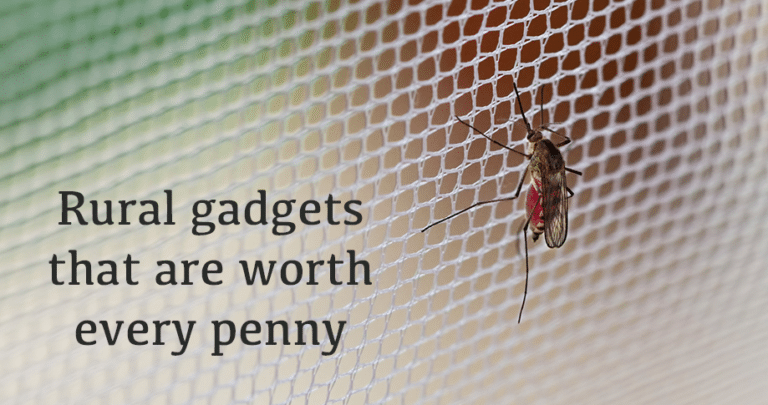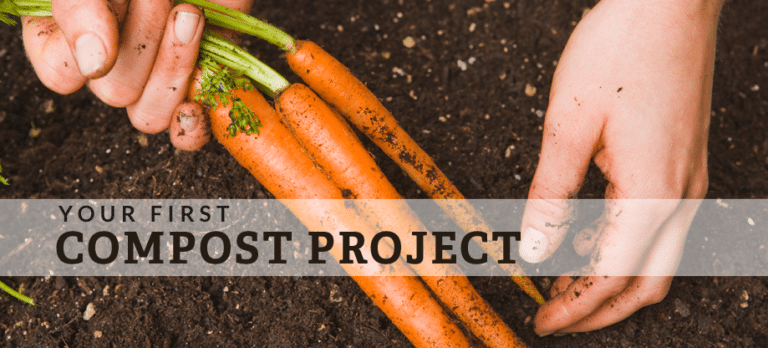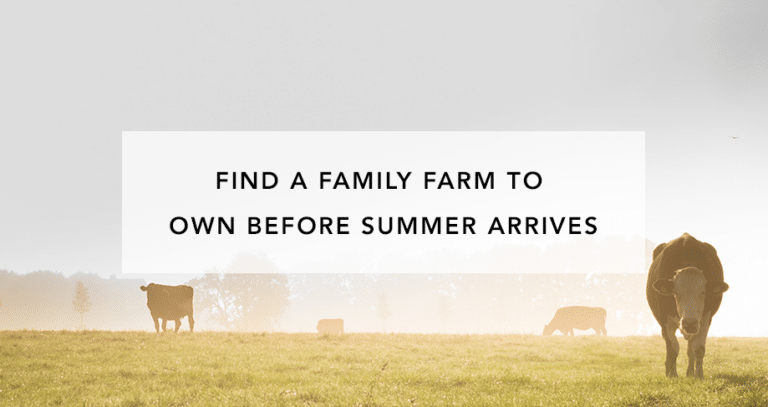Live Off the Grid and Keep Farming with Harvested Rainwater
When you buy land in the southeast, there’s a good chance you’ll need some expertise on living off the grid. Several of our lots in Tennessee, South Carolina, and Georgia don’t yet have water and electricity. You can certainly have these run to your new home, or you can learn how to run your farm with harvested rainwater and save yourself some money.
A lack of water is an issue faced by many crop growers, whether it is from drought conditions or a lack of access to natural or man-made supplies. Fortunately, harvesting rainwater on site is a time-honored solution that can be adapted to fit all sizes or crops and gardens.
Collection System
Some states, mostly out west, prohibit catchment, so be sure to check with your local regulations in regards to rainwater harvesting before investing in your system.
Most harvested water systems consist of the collection area, transport method, traps or filters for debris, and storage tanks or barrels. The collection area is typically a pitched roof or panel, where the rainfall can be captured to run into the collection or storage. The larger the area, the more water you will collect during every rainfall.
The transport method disperses water from the storage to the plants. Gravity, a tap, or pump are the most common methods, with pumps being the least labor intensive. If you don’t have access to electricity, gravity is very popular, but more planning may be required in both the actual layout of your crop or garden as well as placement of the individual parts of your system. A tap is the most foolproof but requires the most effort, as it requires filling a receptacle from the storage units and watering each plant or area by hand.
A P-trap or filter may be sufficient to filter out any debris, but your storage unit must be covered or contained, a requirement in every state, in order to reduce contaminants and mosquitos.
Fifty gallon rain barrels are most commonly used for storage in a catchment system, but tanks can also be used depending on the quantity of water you need to store. It is recommended all plastic storage be food grade and BHP free. Also, rain barrels can be connected together for more storage and to catch overflow. Raise your storage units to improve gravity flow as well as leave room to put a container under a tap or spigot should the need arise.
Choosing and Planting your Crop
Choosing the right plants is important to the success of your harvested water supplied crops and gardens. Those with deep roots, are native, or grow well in your particular climate are your best choices. Rain gardens depend on deep trough beds, so dig them approximately one to two feet deep and fill with nutrient rich soil. Gravity systems depend on elevation, so those with slopes–natural or man-made–work best. Place plants needing less water at the top of the slope and those needing more at the bottom. Plants at the top can be surrounded by a trench or mound to help hold water.
Water Quality
Studies have shown the overall quality of runoff water for crops and gardens is good. Best practices include using drip irrigation to prevent the water from touching the plant itself, always wash edibles under cool running water before eating, and treat and clean the holding tanks. With proper attention and maintenance, using harvested rainwater is a viable option in areas where the water supply is limited or nonexistent.
Contact Hurdle Land and Realty to learn more about our plots and our land-buying process.







